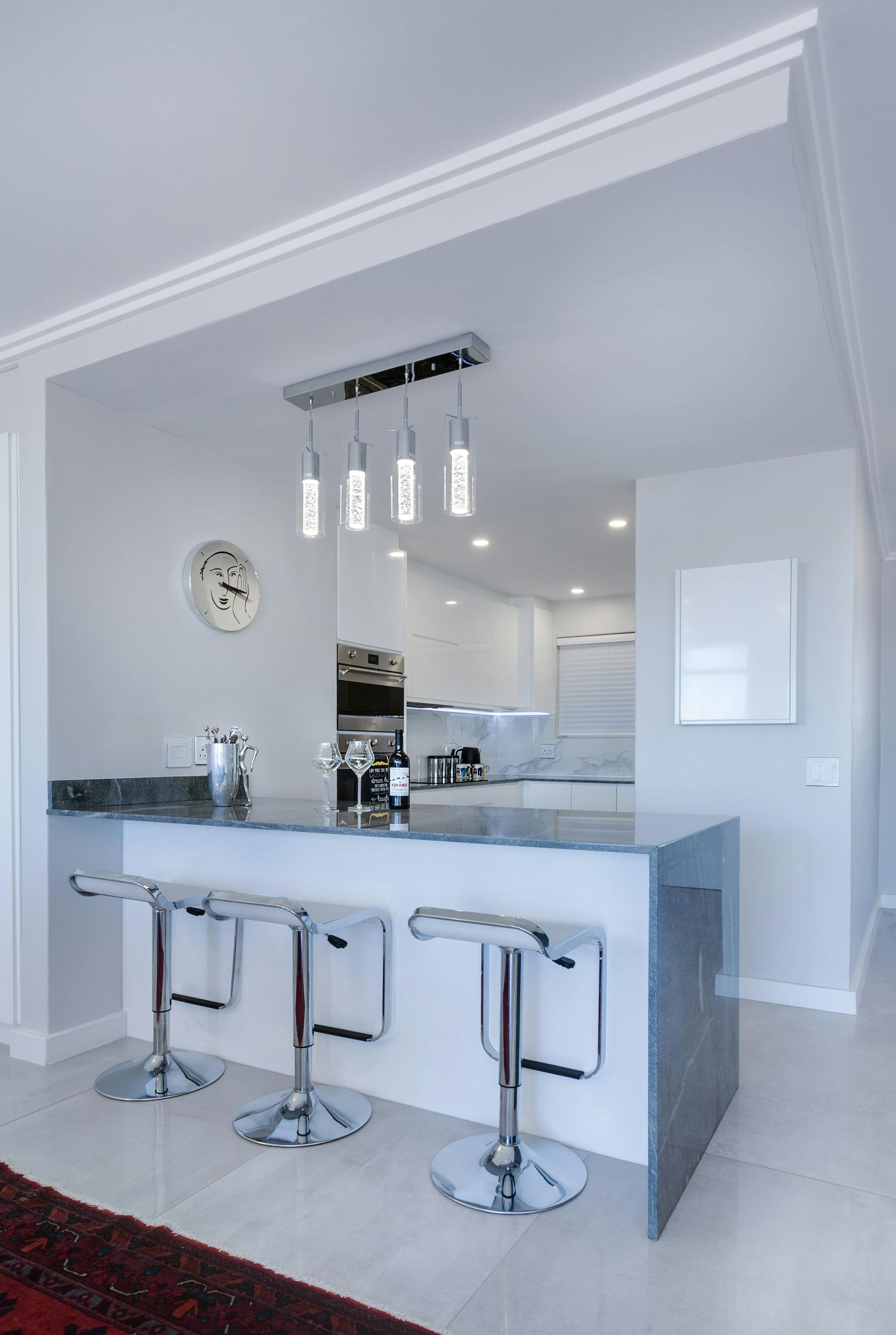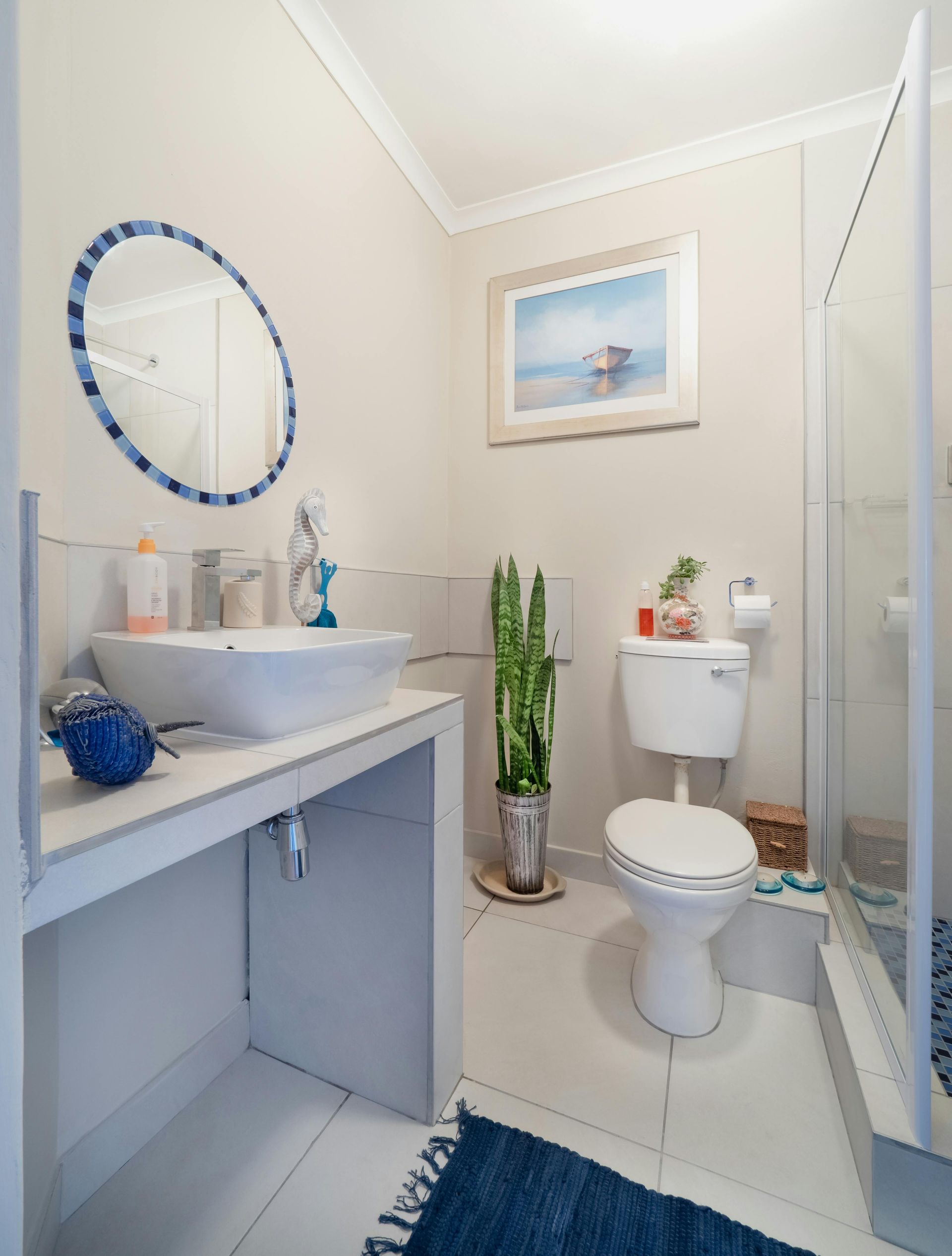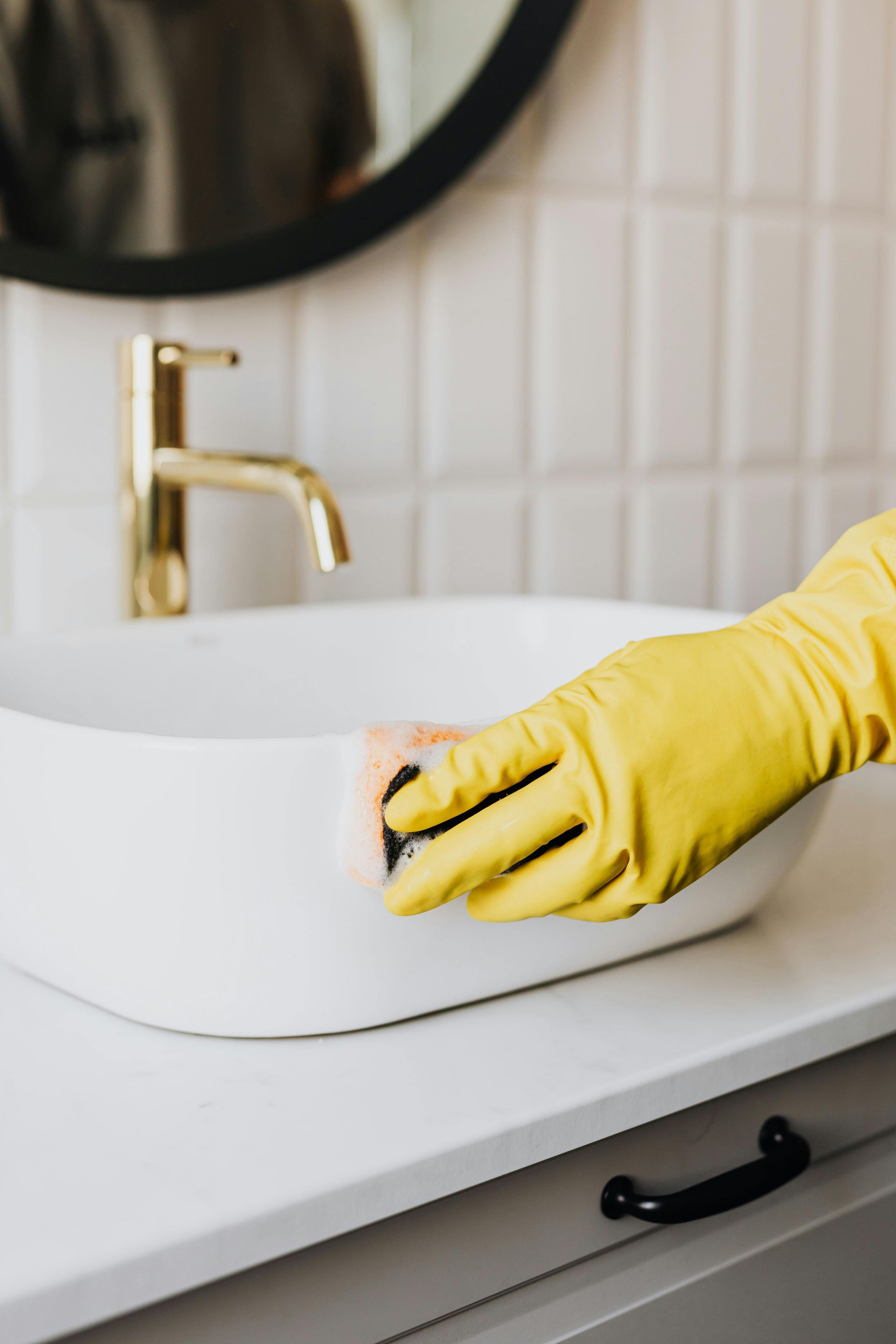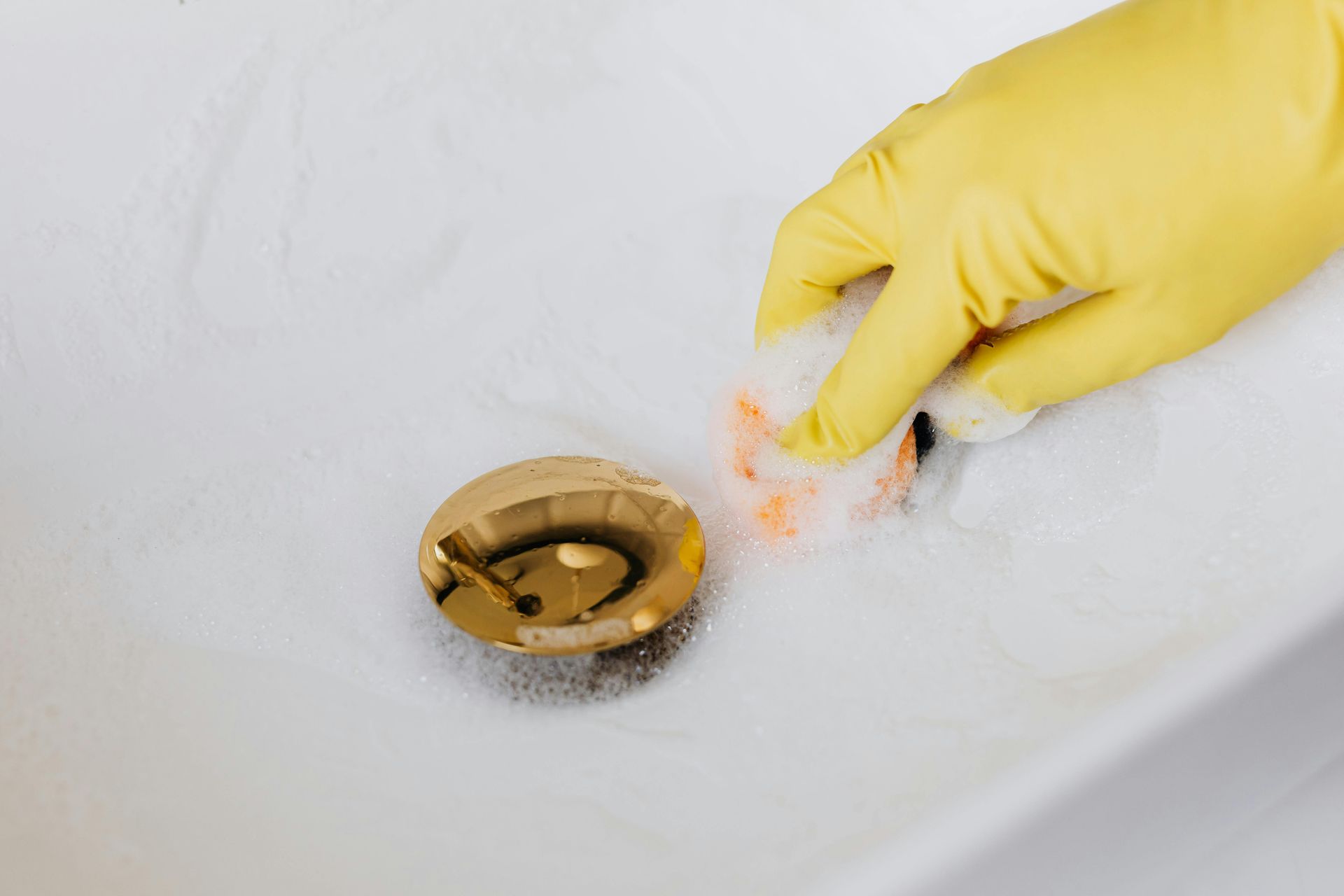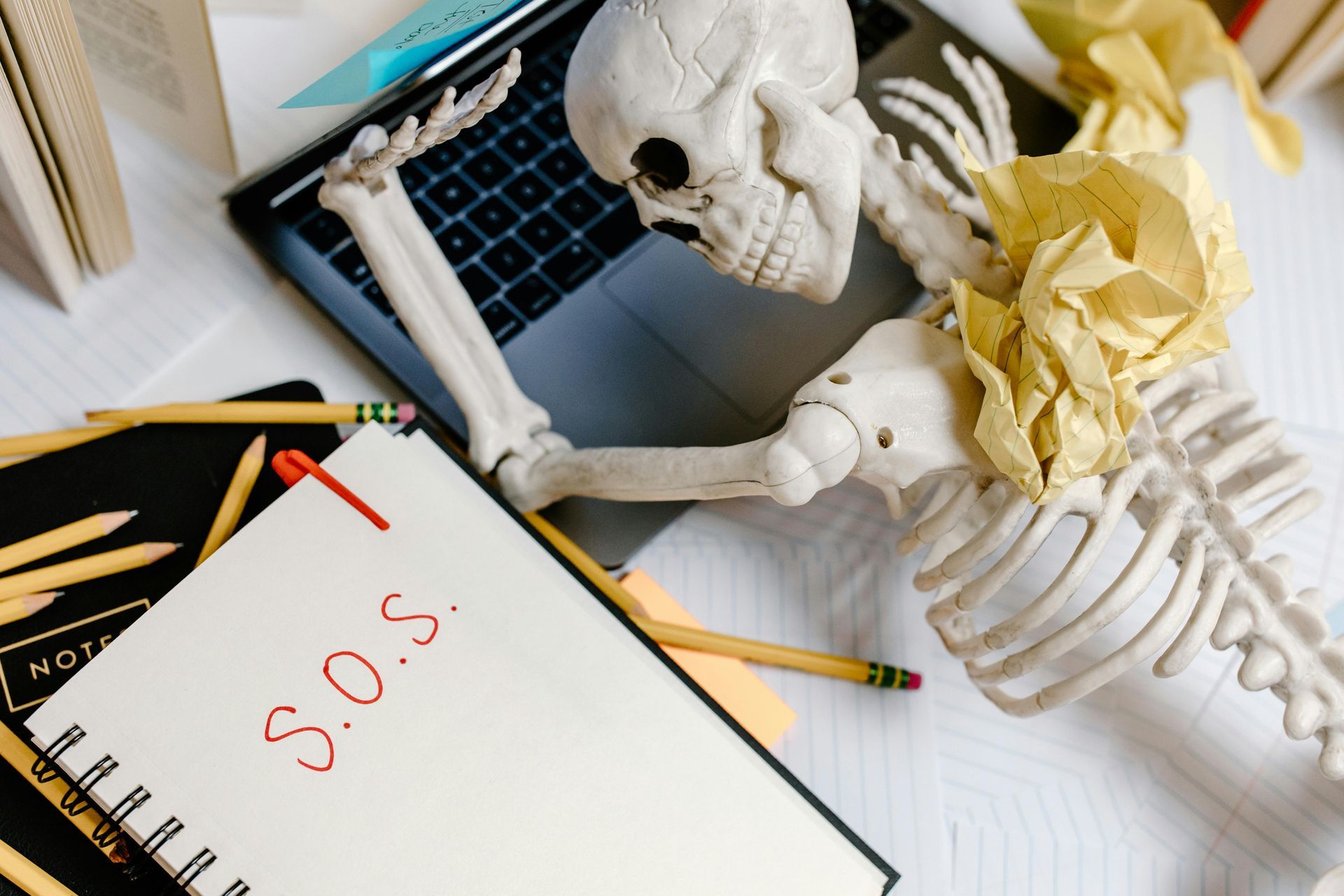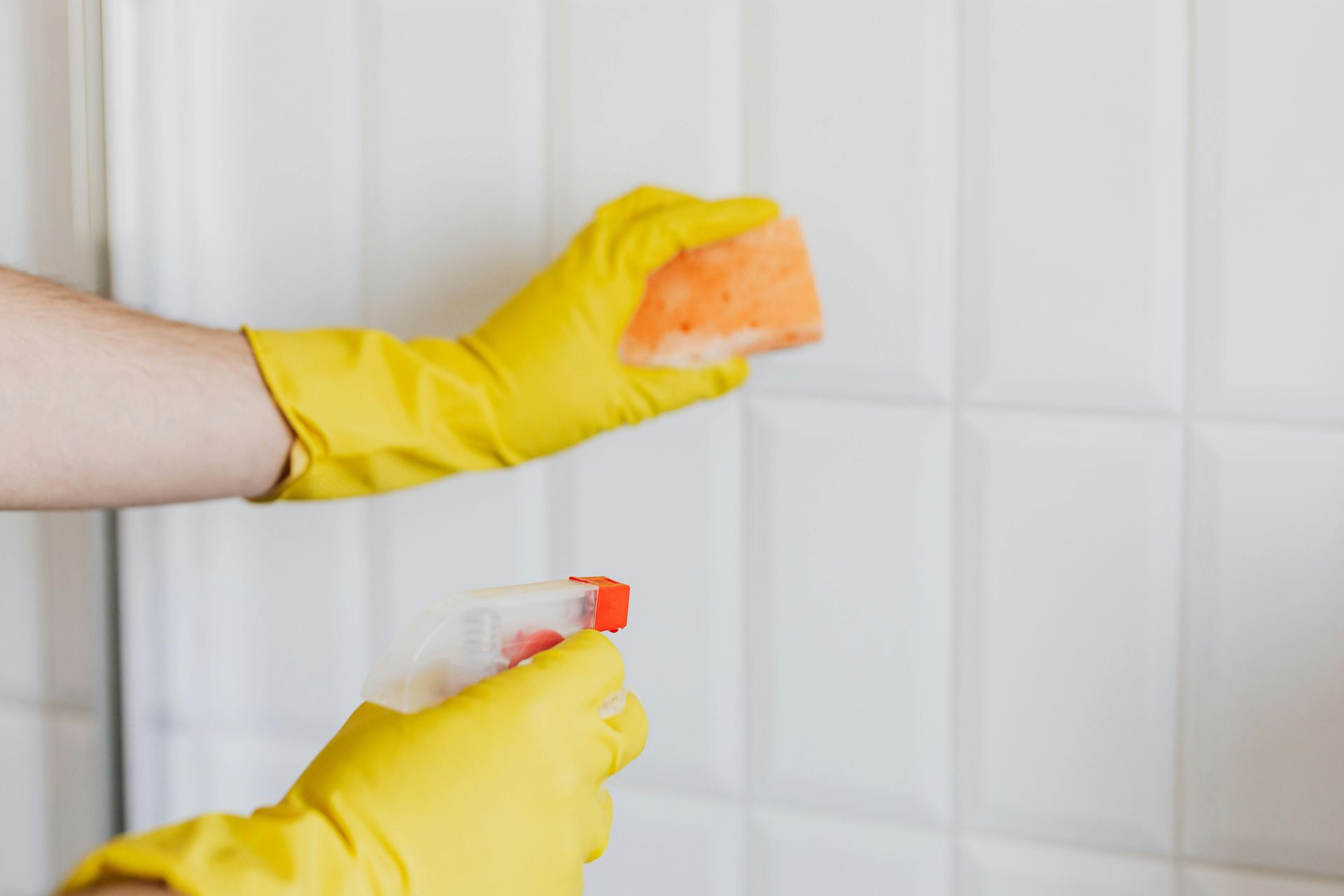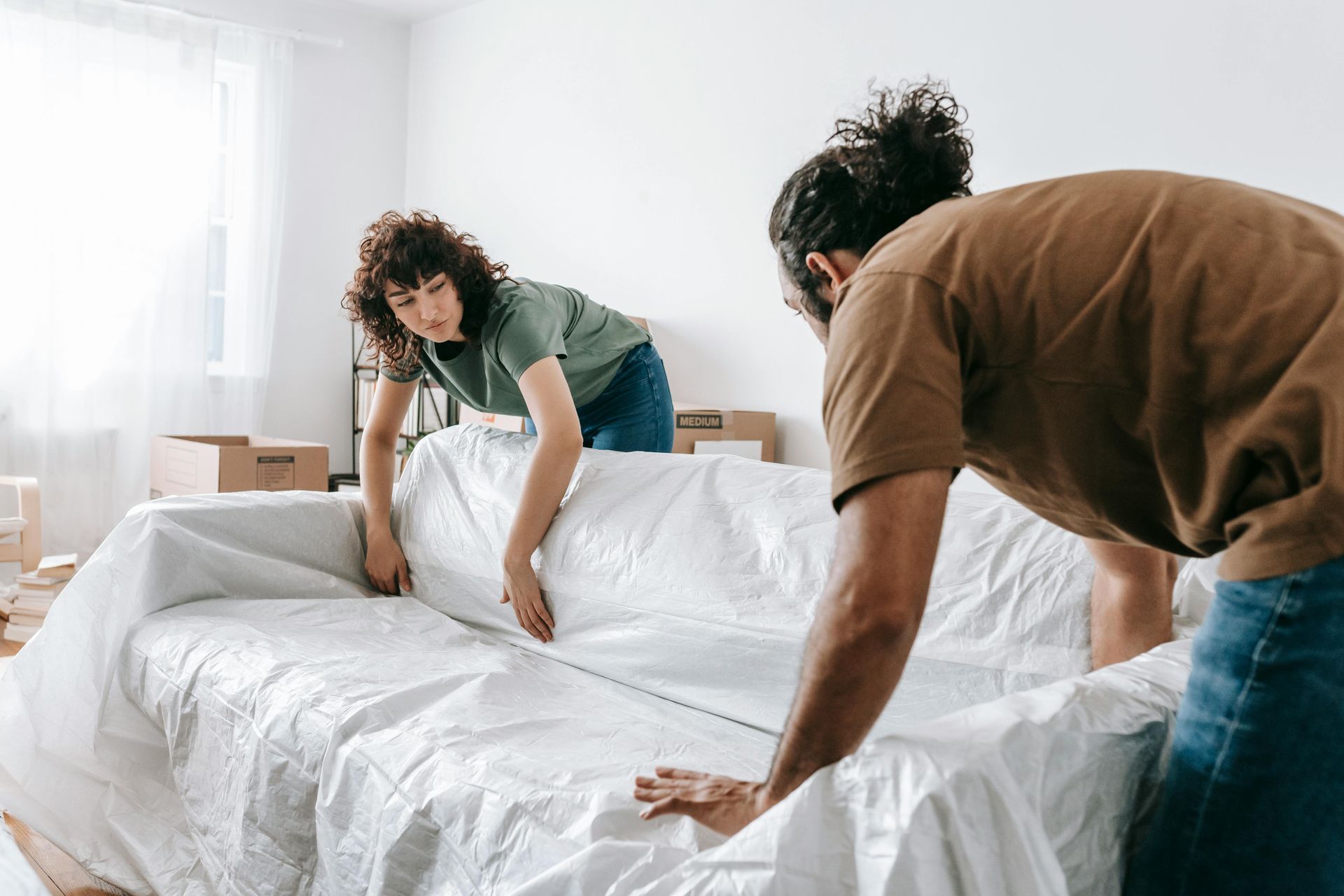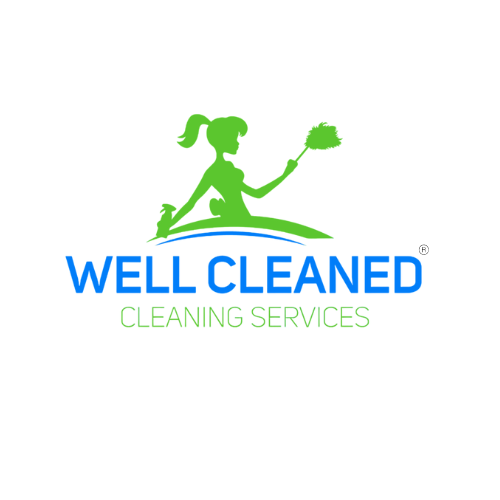To begin, keep in mind that each bathroom you design or remodel is a one-of-a-kind creation for each and every customer, household, hotel, or yacht you work on. As a result, the cleaning should be handled differently. Cleaning is not a one-size-fits-all endeavor. And keep in mind that different regions have different needs and styles. When it comes to restroom management, there are a few common-sense guidelines and practices. Step-by-step instructions are provided below to get you started.

Disinfect the trash can by rinsing and wiping it down. Disinfect and deodorize the interiors by spraying it with a disinfectant cleaner. For best results, wait as per the bottle's instructions, then scrape the can with a nylon brush. A nylon scrubber dipped in hot water and a heavy-duty cleaning solution can be used to clean the exterior of your vehicle. Rinse and air dry.
Mold can be more easily removed if you allow it to air dry in the sun. Remove any trash and unwanted items from the bathroom at all times. The restroom should always return to its 'neutral state'. As a result, you should always remove everything that doesn't fit and return it to its proper place. Get your head out of the sand! Ceilings and corners are often overlooked, which is where cobwebs are most likely to grow.
Make a habit of cleaning and inspecting all of your light fixtures on a regular basis. Special surfaces should be taken into consideration. Bathrooms are typically decorated with marble, chrome, and enamel, among other materials. The surface should dictate how you clean. Take time and use the right products to disinfect the restrooms. Because they tend to be places where bacteria tend to congregate. Protective gloves are a must if you want to go into every crevice. Keep an eye out for any spills that may have occurred on the floor around the toilet.
The Bathroom Window Needs Cleaning. It's the finishing touch to any room when you clean your windows. Rinse the screen when you remove it. Window glass can be cleaned with the use of a squeegee. Using an old toothbrush or compressed air to reach those hard-to-reach areas, clean the sills, tracks, and casings. Clean blinds and shades with a damp microfiber towel or a vacuum cleaner. There are many ways to clean metal and vinyl blinds, but the most common is to soak them in warm, soapy water, add a cup of white vinegar, then rinse and air-dry them in a towel. Curtains, drapes, and valances may all be cleaned with a vacuum or in the washer.
Use the appropriate cleaning chemicals for the surfaces in the shower to get it sparkling again. Make sure the shower curtain and the liner are cleaned thoroughly. Both the shower curtain and the liner can be washed, unless they are made of plastic or the instructions on the tag state otherwise. You can either replace the plastic ones with new ones or soak them in a vinegar-water solution. Putting it up and taking it down will take up most of your time. To ensure a thorough cleaning, use materials that are appropriate for the bath's surface type. Make sure to use the suitable cleaning chemicals for the surface you're cleaning. The mirrors should be cleaned using the appropriate products for the surface.
Remove all hair and other obstructions from the drains. Clogged drains can be cleaned with a specialized drain cleaner, but this is not environmentally friendly and may damage your pipes. Make sure there is a septic tank on the toilet (country properties, yachts etc.). Septic tanks can be damaged by chemicals. Ensure that only human waste is flushed down the drain. The septic bacteria will be killed if you use strong chemicals, which will lead to the need to replace the entire tank. All surfaces should be thoroughly cleaned with a damp cloth, including window sills and other areas not mentioned above.
As well as Top to bottom, vacuum/Hoover. Using a dry microfiber towel or duster to dust the topmost level, work your way down the staircase all of this will be covered, including light fixtures, counter tops, toilets, and baseboards. If you prefer to vacuum over dusting, that's OK. This could apply to the toilet's exterior, its baseboards, and its floors in particular.
It's not enough to simply vacuum the flooring of the bathroom. A mop is required for this task. A commercial floor disinfectant or bleach solution can be used for this purpose. Spray it liberally on the floor and allow it to sit for a few minutes before vacuuming. Turn on the hot water in your shower, and then close the vent or shut the window. The shower should be shut off after steam is filling the room, and the bathroom door should be locked. Take a 20-minute break from mopping the floor to let the steam settle in. The room should be allowed to air dry after you've finished cleaning it. Remove any surplus water from the mop before using it to clean the bathroom floor. The garbage can and your freshly laundered carpets should be replaced when the floor is dry. Open the windows and let the fresh air in. When cleaning, always start at the top and work your way down. For example, dust the light fixtures and wipe down the counters before cleaning the floor. This is good cleaning advice for any room. Cleaning up any dust or debris that falls will be easier this way. The sole exception to this rule is the sink, which should be put away at the end.
